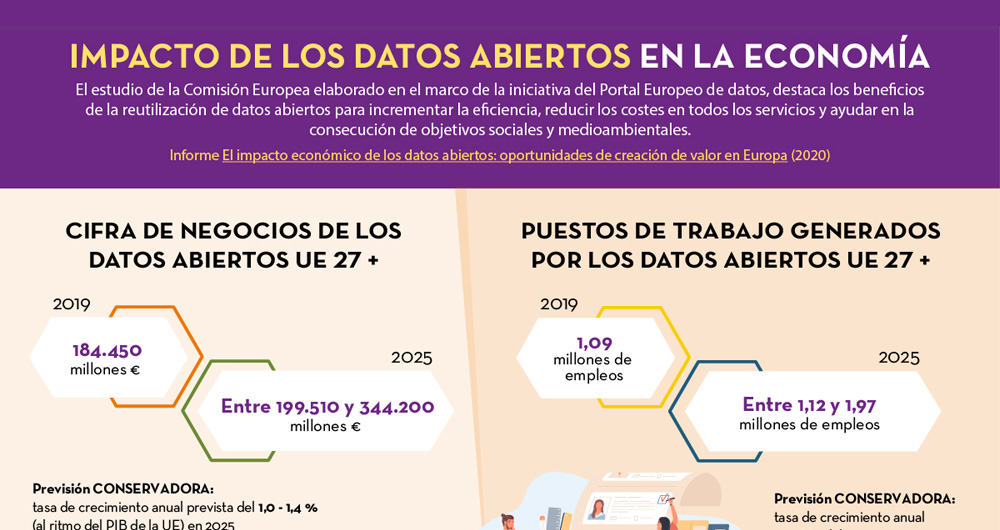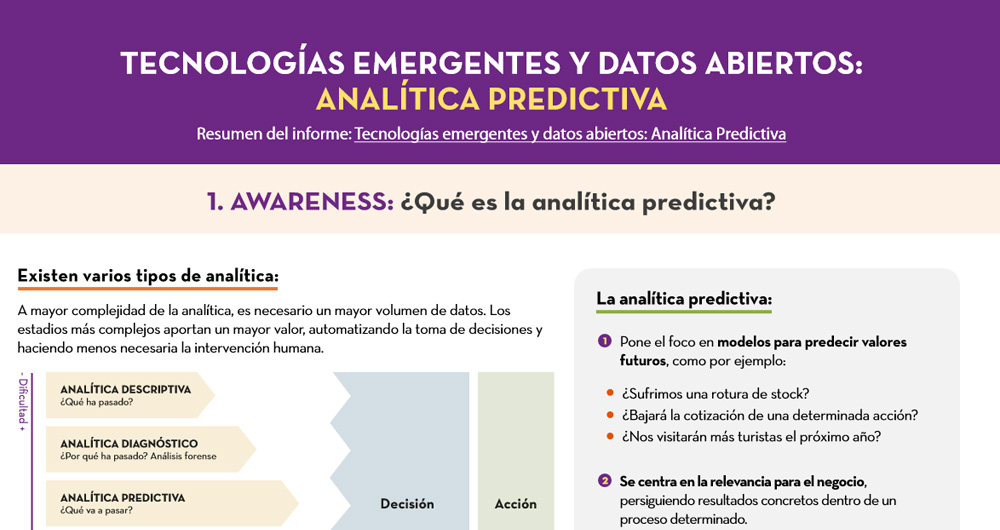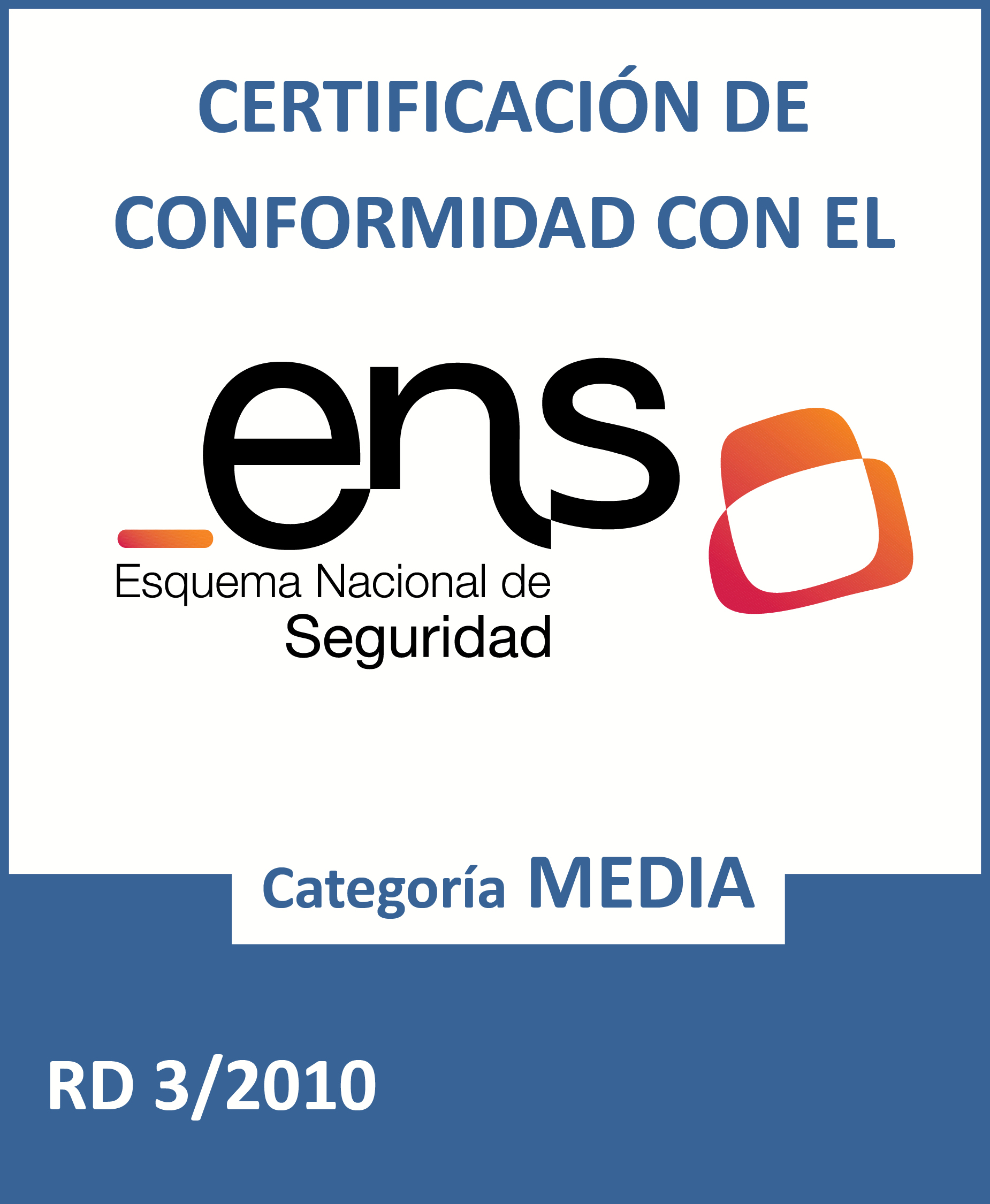How to deal with a data analysis project?
Fecha del documento: 10-03-2022

By analysing data, we can discover meaningful patterns and gain insights that lead to informed decision making. But good data analysis needs to be methodical and follow a series of steps in an orderly fashion. In this video (in Spanish) we give you some tips on the steps to follow:
The importance of pre-analysis work
The first step is to be clear about the final objective. It should be concrete, clear and straightforward and identify a problem to be solved. One way to set the objective is to shape a concrete question to be answered, such as how many traffic accidents there are or how air quality will evolve.
It is also important to know the prior state of the issue. It is likely that other people and organisations have asked the same questions before. It is therefore important to find out what previous projects exist on the chosen topic. On platforms such as data.europa.eu or datos.gob.es you have sections where use cases such as applications and companies are collected. It is also advisable to examine the proposals submitted to hackathons, challenges and competitions, both national and international, as well as to closely follow the activity of companies and start-ups focused on the field of study.
To be able to cover so many fronts, it is advisable to have a multidisciplinary team with different points of view, including data scientists, engineers, business analysts, communicators, etc. Soft skills, such as critical thinking, effective communication and industry knowledge, are as important as technical skills for success.
Where to locate the data?
With the end goal clear, it will be easier to determine what data we need to answer the initial question. It is most common to combine different sources of information, public and/or private, to enrich the analysis and reach an appropriate level of depth.
In addition to the multitude of existing national data catalogues, you can also search specialised repositories in specific fields such as environment, health and welfare or economics.
The analysis process
Once the data is available, it is time to start the analysis, following the workflow below:

- Phase 1: Import and cleaning. Before the analysis, the data must be cleaned in order to achieve a homogeneous structure, free of errors and in the right format. For this purpose, it is recommended to perform an Exploratory Data Analysis (EDA). This will result in clean, error-free and homogeneous data.
- Phase 2: Export and modelling. Depending on the question to be answered, we will determine the type of analysis to be carried out: descriptive analysis (what has happened?), diagnostic (why has it happened?), predictive (what is going to happen?) or prescriptive (what should I do to make it happen again -or not?).
- Phase 3: Communicate. Once the data has been analysed, we will have obtained new knowledge, which we must communicate to our target audience in a way that is easy to understand. This can be done using data storytelling techniques, visualisations, web or mobile applications, services or commercial products, depending on the initial objectives.
In order to carry out these 3 phases, we have different tools at our disposal. You can see some examples in the report "Data processing and visualisation tools".
From datos.gob.es we encourage you to practice with the data in our catalogue and put different analyses into practice. You can share the results of your analyses with us through the e-mail box dinamizacion@datos.god.es.














